Maximizing the body’s healing response
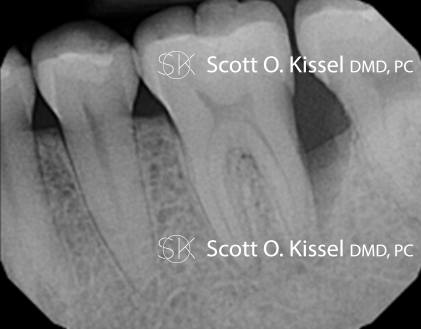
The primary goal of periodontal therapy is the reduction or elimination of inflammation. Traditionally, this is accomplished through removal of subgingival tooth‐borne accretions using non‐surgical and/or surgical treatment modalities. Numerous studies indicate the difficulty in removing these accretions. Studies show when treating 4->6mm probing depths with scaling and root planning alone, only 30-40% of the […]
SMILE Technique – Dental Implants
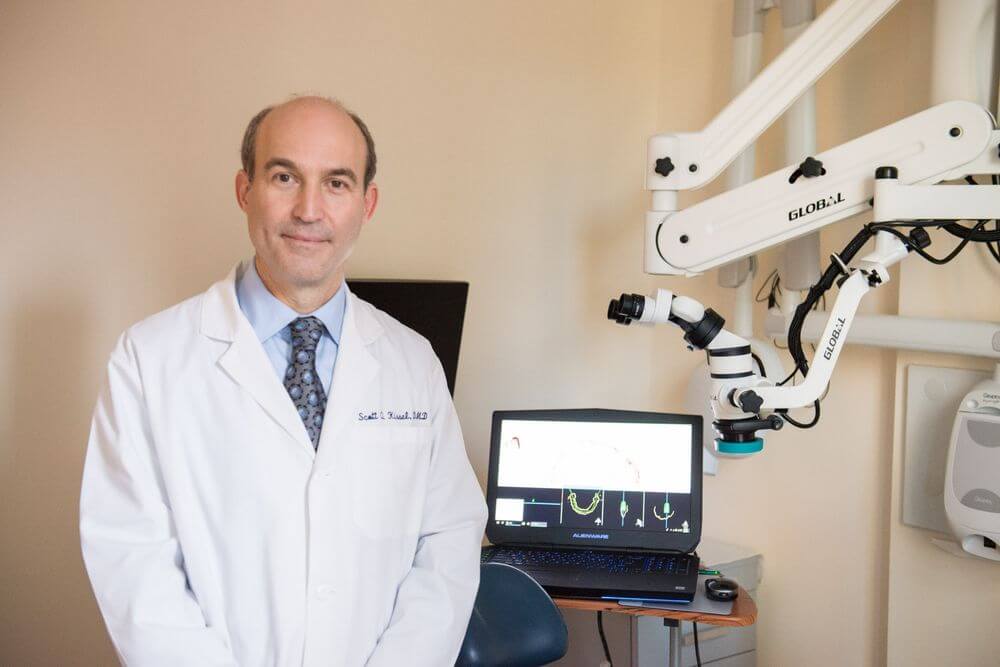
I want to share with you a recent case I completed. This patient presented with resorption Tooth #10, fifteen years after a traumatic injury. As noted in the conebeam slice, the resorption was quite advanced and its prognosis was hopeless. In external resorption cases, bone is found within the root replacing tooth structure, so there […]
Peri-Implantitis
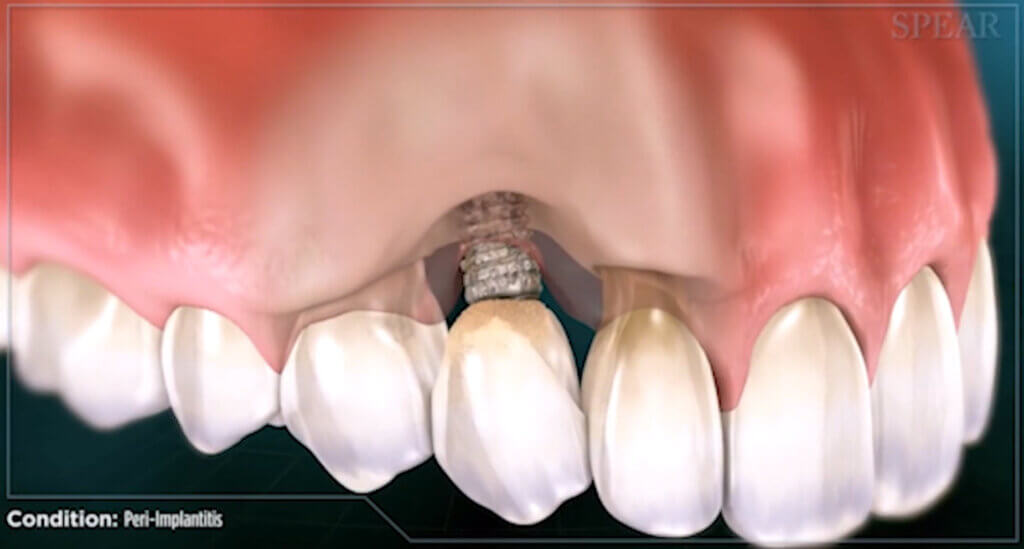
A common complication of dental implant therapy is the development of peri-implantitis (PI), which is defined as “a destructive inflammatory process affecting osseointegrated implants in function, leading to peri-implant pocket formation and loss of supporting bone”. In addition to bone loss, the clinical presentation of peri-implantitis includes deep probing depths (typically >5mm), bleeding on probing, […]
Is the SMILE Technique Invasive?

I have been intensively training with one of my mentors, Dr. Denns Shanelec, a periodontist in Santa Barbara who is the father of microsurgical periodontics and implant dentistry, over the last three years. I regard Dr. Shanelec as one of the finest periodontist’s in the world. I have integrated many of his microsurgical techniques into […]
Grafting Vs. Restoring Noncarious Cervical Lesions
At my Manhattan practice, I came across a recent issue of Journal of Esthetic and Restorative Dentistry, a well-known periodontics journal, discussed the topic of “Noncarious Cervical Lesions: Graft or Restore?” Dr. Pat Allen, a former professor of periodontics and now practitioner, answered the following question: How does one decide the best treatment – restorative […]
How Would You Treat a Front Tooth that’s Irreparably Damaged, As Well As Teeth with Recession?
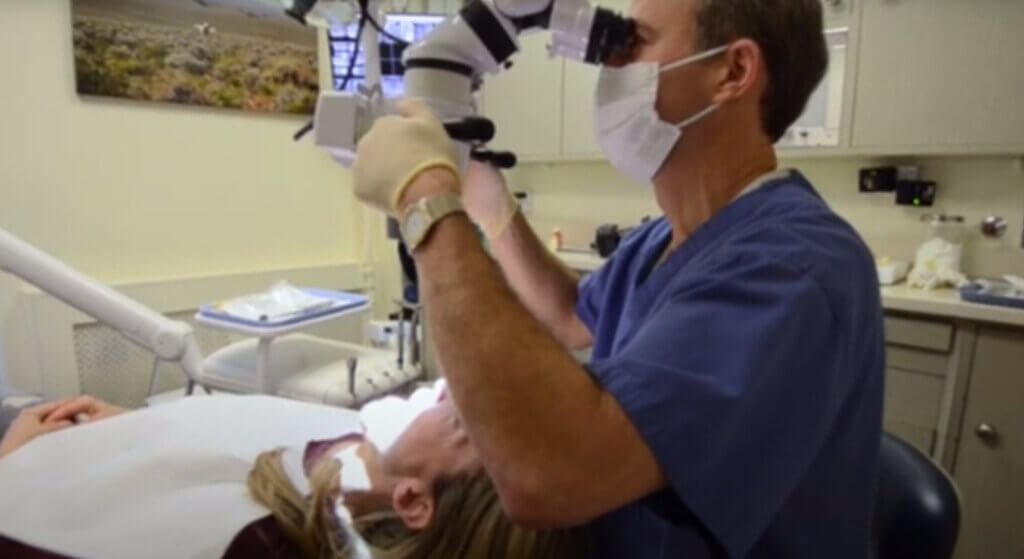
The best treatments for a front tooth that’s irreparably damaged, and teeth with recession are immediate dental implants and microsurgery techniques. They can provide a large advantage over normal techniques. Faster healing times and less painful procedures can make patients happier and more satisfied with their treatment. Delayed implants may lead to difficulty in achieving […]
Two Basic Sinus Lift Techniques
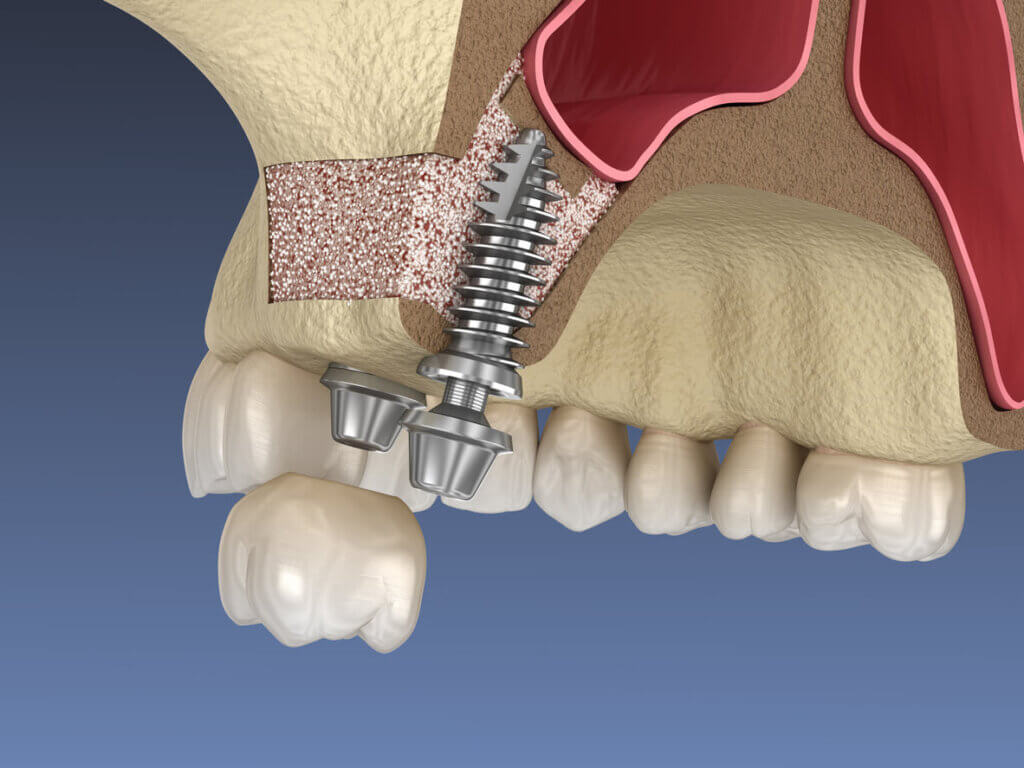
Dental implants are a common periodontics procedure, but reduced alveolar bone below the maxillary sinus is a frequent anatomical limitation to the placement of dental implants. Within the sinus cavity itself, additional anatomical structures such as septa and sinus floor slope complicate optimal implant positioning. These types of problems have been seen before at my […]
How do Dental Microsurgical Techniques Help with Crown Lengthening and Other Periodontics?
Recently I have incorporated a surgical microscope into the New York City practice. Microsurgery was introduced to the specialty of Periodontics in 1992. We are all familiar with the advantages of increased magnification and illumination, but it is now recognized that magnification has more to offer than corrective vision. Ergonomic benefits and improved clinical skills […]
Is Socket Grafting Needed for Dental Implants?

Teeth sometimes decay and need to be removed or extracted. This can be for any number of reasons. When a tooth is removed, it leaves an exposed socket that will often heal on its own, but it is well documented that this results in the loss of both bone volume and height. To alleviate this, […]

